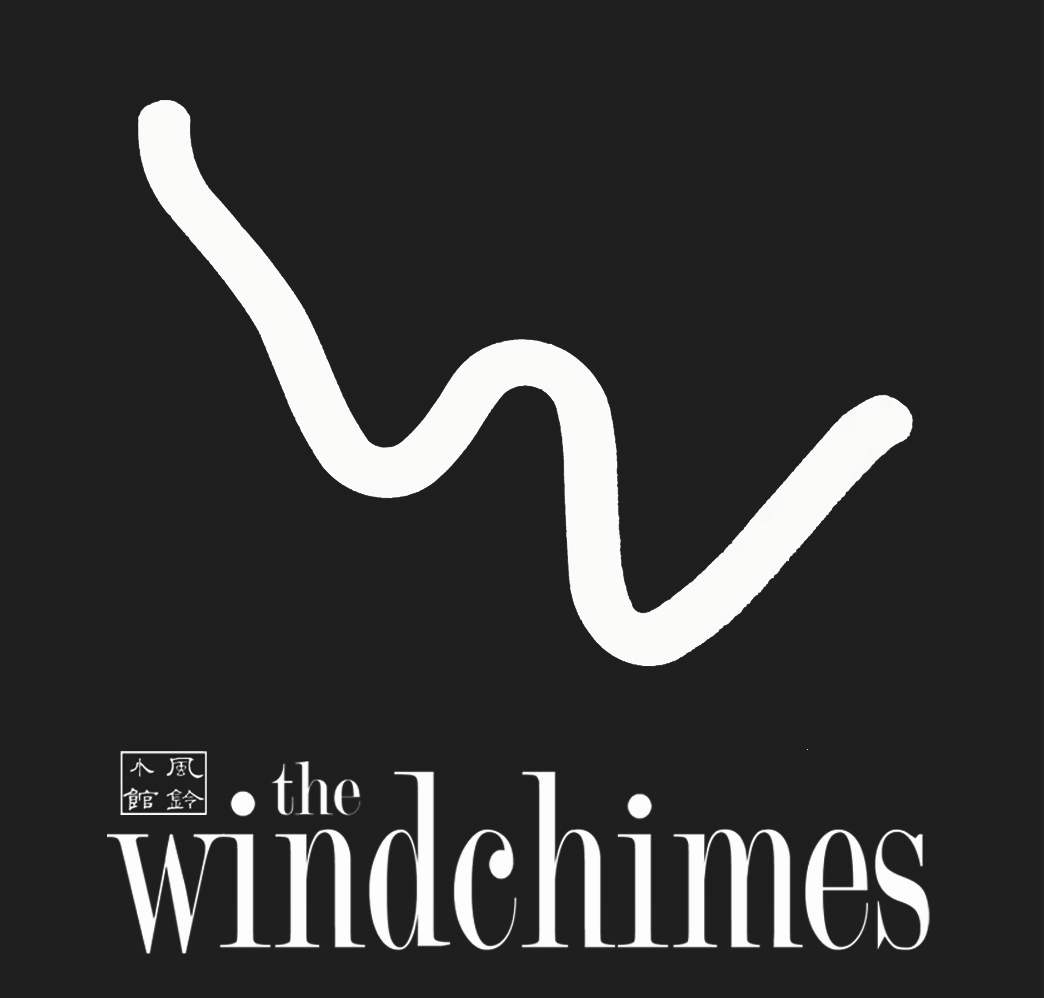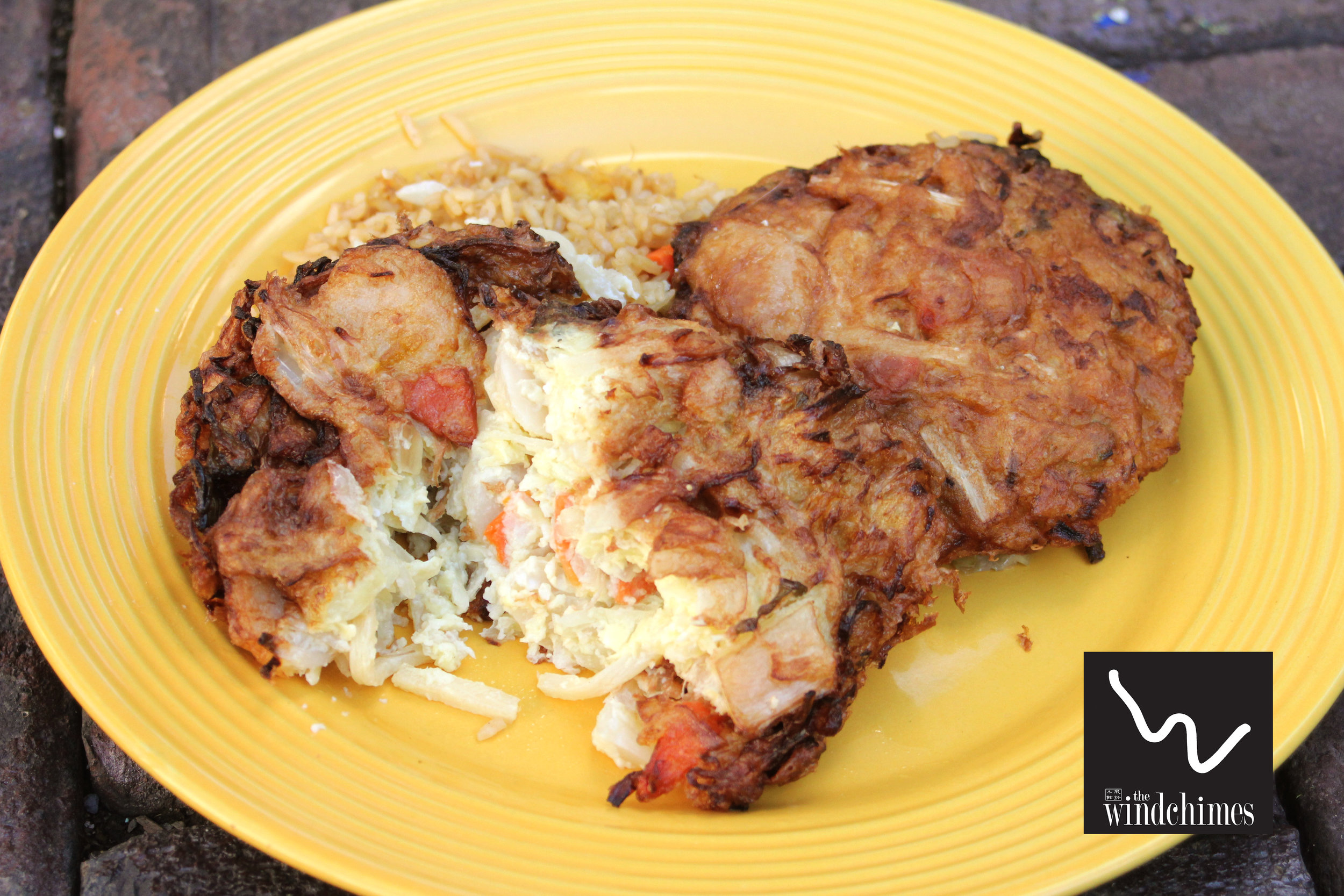Egg foo young is an omelette dish found in Chinese, Indonesian, British, and Chinese American cuisine.
Literally meaning "Hibiscus egg", this dish is prepared with beaten eggs and most often minced ham. It may be made with various vegetables such as bean sprouts, bamboo shoots, sliced cabbage, spring onions, mushrooms, and water chestnuts. When meat is used as an ingredient, a choice of roast pork, shrimp, chicken, beef, or lobster may be offered.
In Chinese Indonesian cuisine, it is known as fu yung hai, sometimes spelled as pu yung hai. The omelette is usually made from the mixture of vegetables such as carrots, bean sprouts, and cabbages, mixed with meats such as crab meat, shrimp, or minced chicken. The dish is served in sweet and sour sauce with peas.
In Western countries, the dish usually appears as a well-folded omelette with the non-egg ingredients embedded in the egg mixture, covered in or served with sauce or gravy. Chinese chefs in the United States, at least as early as the 1930s, created a pancake filled with eggs, vegetables, and meat or seafood. In a U.S. regional variation, many American-Chinese restaurants in St. Louis, Missouri, serve what is called a St. Paul sandwich, which is an egg foo young patty served with mayonnaise, dill pickle, and sometimes lettuce and tomato between two slices of white bread.
In the Netherlands, which has a local variation on the Chinese Indonesian cuisine, it is known as Foe yong hai, and is usually served with a sweet tomato sauce. Strictly, according to hai in the name, it should contain crab, but it is often served without this ingredient.
There are several other variations in different countries of this dish but all have the simple start of an omelette. You should come in and try ours and see what you think!










